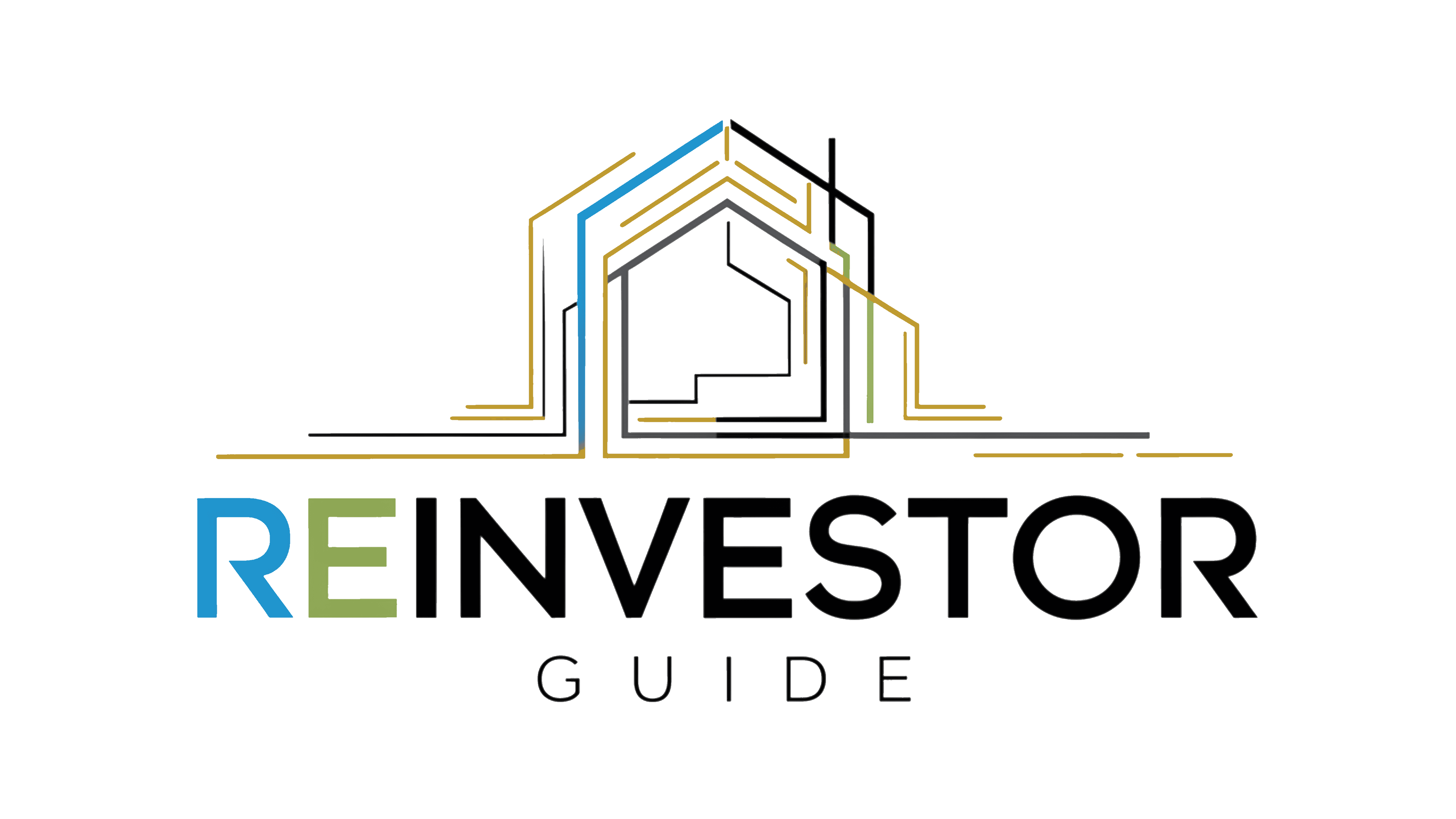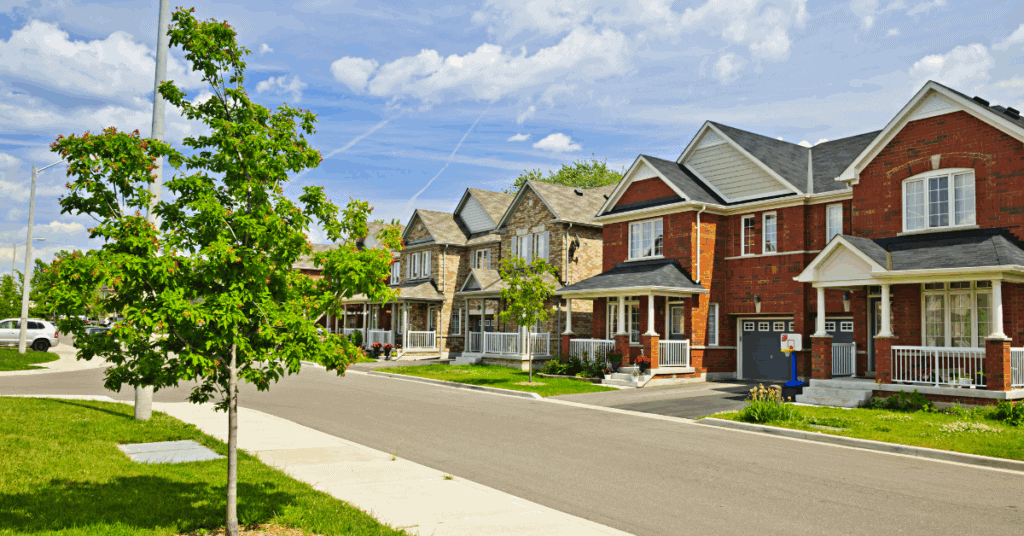Cash flow isn’t just a number—it’s the lifeblood of your real estate investment strategy. Whether you’re planning to house hack, BRRRR, or scale a rental portfolio with DSCR loans, knowing how to analyze rental property cash flow separates smart investors from speculative buyers.
In this guide, you’ll learn the exact process pros use to evaluate a rental deal, break down income and expenses, and confidently answer:
“Is this property going to pay me—or cost me?”
What Is Rental Property Cash Flow?
Cash flow is the amount of money left over each month after all operating expenses and mortgage payments are covered.
Cash Flow Formula:
Cash Flow = Gross Rental Income – Operating Expenses – Debt Service
Your goal as an investor: positive monthly cash flow that grows over time and supports your long-term wealth goals.
Step 1: Estimate Gross Monthly Rental Income
Start with the market rent for the property:
- Use Rentometer, Zillow, or local comps
- Check for Section 8 vouchers, STR rates, or furnished premium (if applicable)
- Be conservative—factor in seasonal shifts and neighborhood demand
Example:
- Market Rent: $2,000/month
- Annual Gross Income: $24,000
If you plan to house hack, only include the tenant’s share, not your own living portion.
Step 2: Factor in Vacancy Rate
Most markets experience turnover. Account for vacancy using 5–10% depending on your area and strategy:
- Long-term rentals: 5% typical
- Short-term rentals: 10–20% (unless high occupancy)
- C-class or high-turnover areas: plan for more
Example:
- $24,000 × 5% vacancy = $1,200
- Adjusted Income = $22,800/year ($1,900/month)
Step 3: Estimate Operating Expenses
Use the 50% Rule as a quick estimate: 50% of your gross rent goes to expenses (excluding mortgage). But for a full pro-level breakdown, include:
| Expense Category | Sample Monthly Amount |
| Property Taxes | $250 |
| Insurance | $100 |
| Property Management | $190 (10% of rent) |
| Maintenance/Repairs | $100–150 |
| CapEx Reserves | $100 |
| HOA (if applicable) | $50–200 |
| Utilities (landlord-paid) | $0–200 |
Example:
- Total Operating Expenses = ~$800/month
- Annual Operating Expenses = $9,600
Step 4: Add Debt Service (Mortgage Payment)
Use your actual or projected monthly PITI (Principal, Interest, Taxes, Insurance) based on:
- Loan amount
- Interest rate
- Loan term
- Down payment
- DSCR or conventional terms
Use a mortgage calculator or your DSCR pre-approval numbers.
Example:
- Loan: $300,000
- Rate: 7.5%, 30-year fixed
- Monthly PITI: $2,100
Step 5: Run the Full Cash Flow Calculation
Now let’s put it all together:
Gross Rent: $2,000/month
Vacancy (5%): –$100
Operating Expenses: –$800
Mortgage (PITI): –$2,100
Cash Flow: –$1,000/month ❌
This deal would lose money each month. Time to walk away or renegotiate the price, raise the rent, or restructure the financing.
See What You Qualify ForStep 6: Check Cash-on-Cash Return
Even with positive cash flow, you need to know how hard your cash is working.
Formula:
Cash-on-Cash Return = (Annual Cash Flow ÷ Total Cash Invested) × 100
Include:
- Down payment
- Closing costs
- Rehab (if applicable)
- Holding costs before lease-up
Example:
- Annual Cash Flow: $3,600
- Total Cash Invested: $45,000
- CoC Return = 8%
Target at least 8–12% CoC in most long-term rental markets.
Step 7: Use a DSCR Ratio for Loan Approval
If you’re using a DSCR loan, lenders will look at the property’s income vs. debt obligation—not your personal income.
DSCR Formula:
DSCR = Net Operating Income ÷ Annual Debt Service
Example:
- NOI = $13,200
- Debt Service = $12,000
- DSCR = 1.10 ❌ (many lenders require 1.20+)
Improve DSCR by raising rents, lowering the purchase price, or reducing operating costs.
Tips for Pro-Level Cash Flow Analysis
✅ Use realistic rents and property tax estimates based on local comps
✅ Always include reserves for CapEx and maintenance
✅ Run multiple scenarios (best-case, worst-case, breakeven)
✅ Review leases and rent rolls if it’s tenant-occupied
✅ Avoid high HOA fees, flood zones, or deferred maintenance
Final Thoughts
Cash flow analysis isn’t just about plugging in numbers—it’s about understanding how every decision, from financing to repairs to management, affects your monthly and long-term income.
Mastering this skill will help you:
- Say “no” to bad deals faster
- Negotiate stronger offers
- Underwrite BRRRR, DSCR, or turnkey rentals confidently
- Build a cash-flowing portfolio that funds your freedom
Our advise is based on experience in the mortgage industry and we are dedicated to helping you achieve your goal of owning a home. We may receive compensation from partner banks when you view mortgage rates listed on our website.



